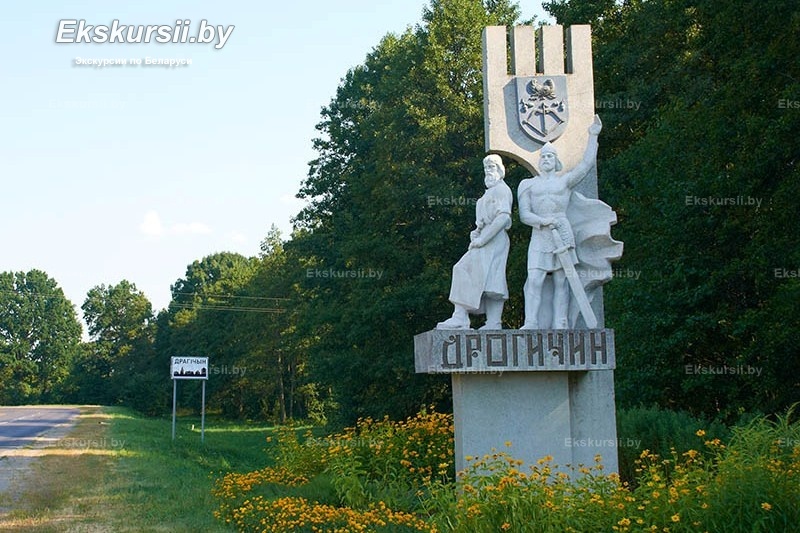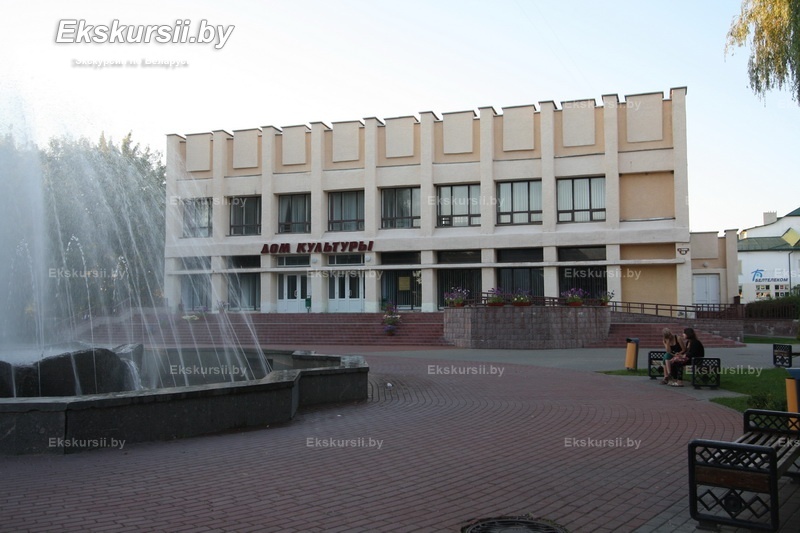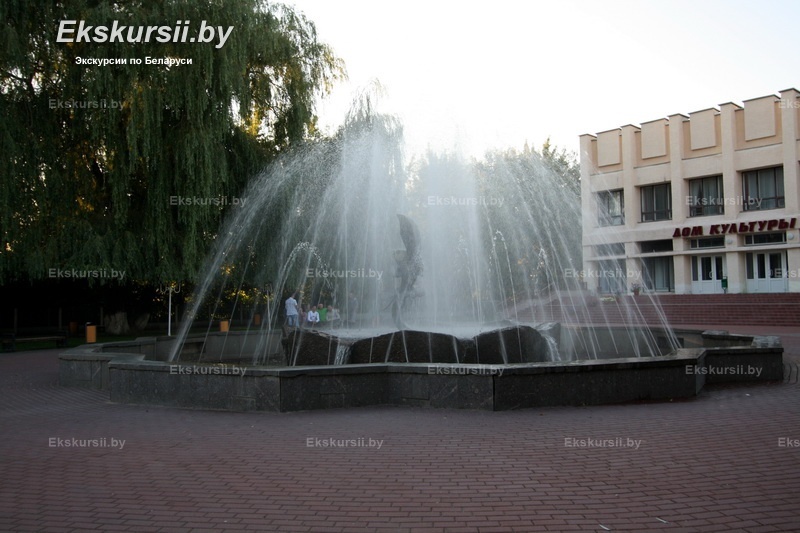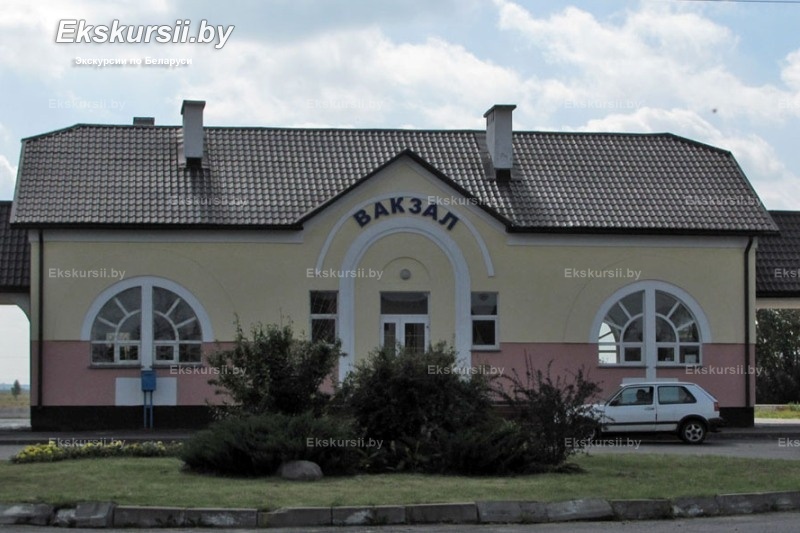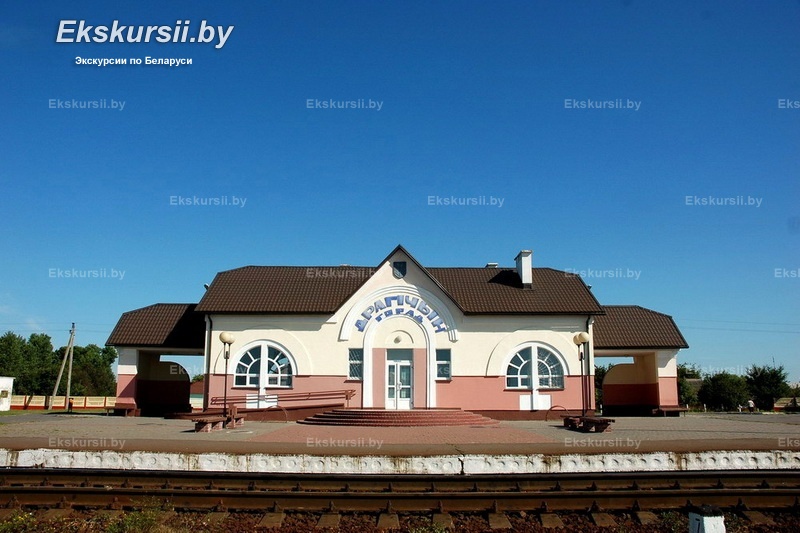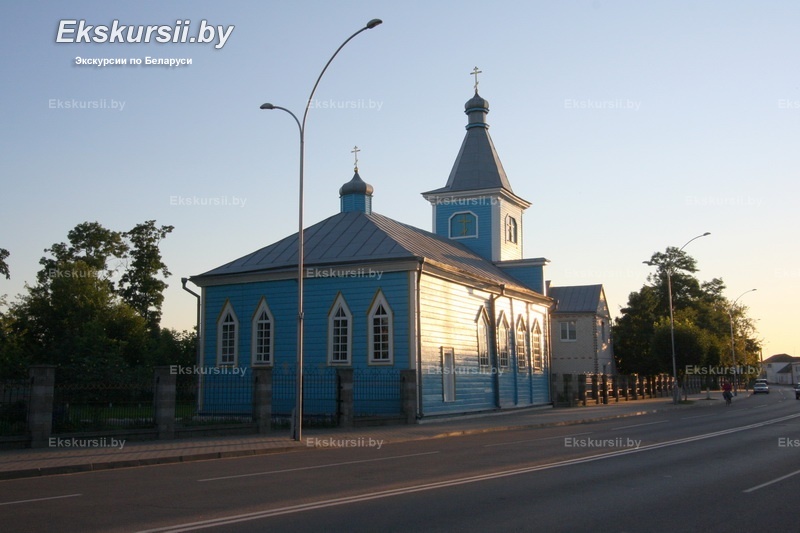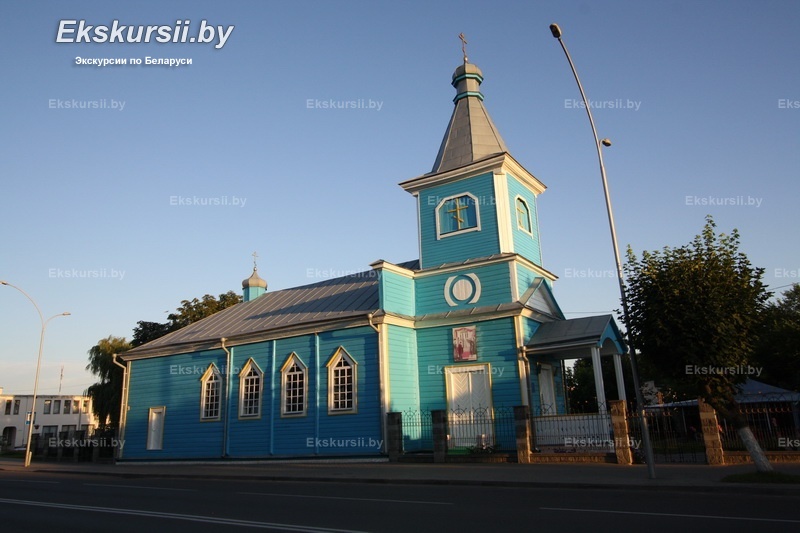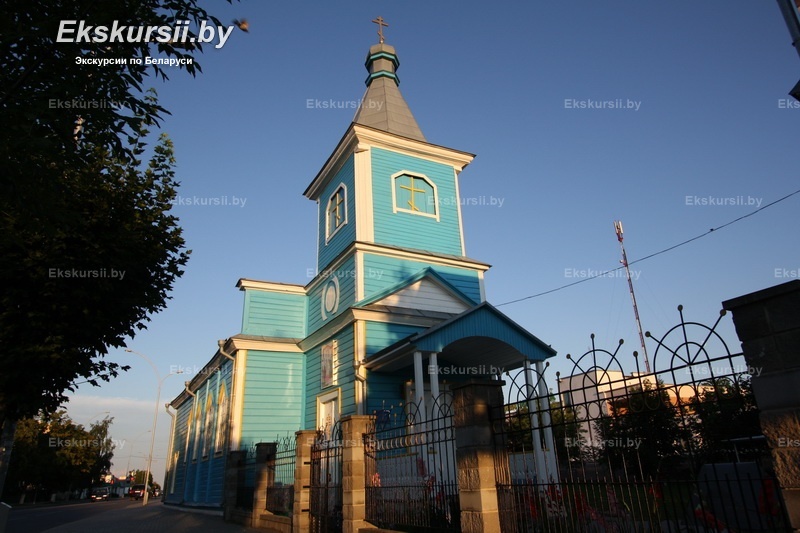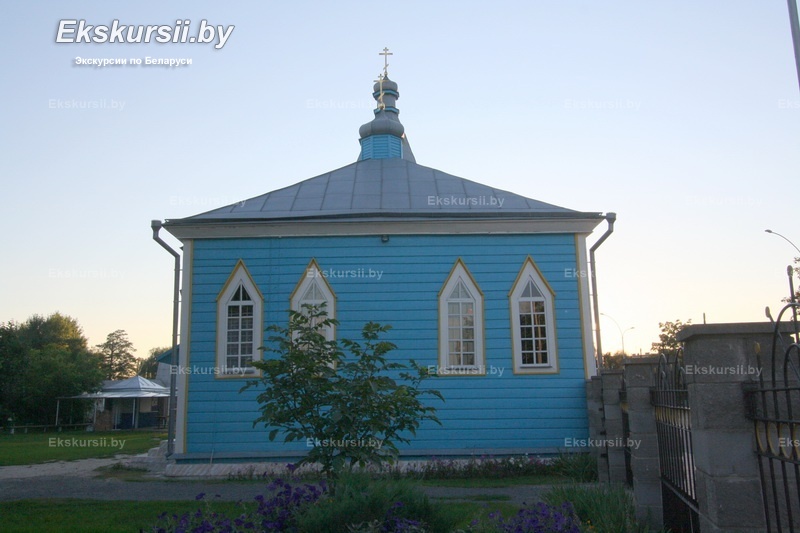History of the development
According to archaeological excavations, the first people on the territory of the modern Drogichin district appeared as early as 11–9 thousand years ago. The sites of the ancient people were found in the vicinity of the village of Kokoritsa and in the Gerady tract, 4 km from Chomsk. The most ancient settlement of people first mentioned in written sources is the city of Zdit, located on the river Yaselda. The settlement was first mentioned in 1005 in connection with the baptism of its inhabitants. In the 13th century, the Drogichin lands became part of the Galitsa-Volynsk princes for many years, becoming the subject of disputes between the Galician and Lithuanian princes. In 1240, as a result of the Mongol invasion, the Drogichin lands became part of the Grand Duchy of Lithuania. Already in the next century, for the first time, the settlement Radostuv, which is the modern district of Drogichin-Radostovo, is marked on geographical maps of that time.
The official date of the first mention of Drogichin is considered to be 1452. It is worth noting until the XVII century Drogichin bore a different name Dovechorovich, which later transformed into the current name of the city. The active development of the village of Dovechorovichi began in 1519, when it became the property of the Queen of the Commonwealth Bona Sforza.
In 1623, Dovechorovichi received the status of the town. The village was badly damaged during the subsequent Cossack-peasant (1648-1652) and Northern (1700-1721) wars - the settlement was looted and burned. In the XVIIIth century, the Drogichin lands became one of the centers of cultural advancement: in 1710, the Basilian monastery of Torokan was founded, which later became the center of this order on Lithuanian lands. And in 1775, in Antopol, now a town settlement, located 28 km from Drogichin, the first general school in the region opened.
As a result of the administrative reform of 1778, Drogichin received city status. As a result of the third section of Rzecz Pospolita in 1795, Drogichin became part of the Russian Empire. During the war with Napoleon in 1812, the Drogichin district was occupied by the French army of General Rainier. In July of the same year, having suffered a crushing defeat from the Russians, the French were forced to retreat to Ukraine. Residents of the region also took an active part in the uprising of 1863-1864. According to statistics in 1905, about 3,600 inhabitants lived in Drogichin, the main occupations of which were agriculture, trade and crafts. Before World War I, there were seven mills, two oil mills, a straw hat factory and a chalk factory in the city.
During the First World War, Drogichin was occupied by German troops from September 1915 to 1918. After the Germans retreated, Poles came to the city. According to the results of the Riga Peace Treaty of 1921, Drogichin, as part of Western Belarus, became part of Poland until 1939. From 1939, Drogichin became part of the BSSR. The city was occupied by the German fascist invaders already on the 3rd day of the Great Patriotic War - June 25, 1941. The German occupation continued until July 17, 1944. During the war in Drogichin, a Jewish ghetto was created, in which three thousand people died in three years. The city was liberated from the Nazis by the troops of the 1st Byelorussian Front during Operation Bagration. After World War II Drogichin actively recovered and developed. In 1967, Drogichin received the status of the district center.
Tourism potential
Interest for tourists in Drogichin is Sretenskaya Church is a monument of wooden architecture of the XIX century. The second religious wooden building of Drogichin is the building of the Church of the Virgin Mary of 1928 built. Now the church does not work. In addition, the Drogichin military history museum is located in town. The museum is named after Dmitry Karpovich Udovikov, the former chief of staff of the partisan brigade of them. Molotov. The exposition of the museum consists of photographs, documents and letters of partisan veterans. The collection of the museum contains personal belongings of the leaders of the partisan movement, as well as samples of weapons of the Great Patriotic War. There is a permanent exposition telling about the partisan movement in the Drogichin region during the Great Patriotic War and the liberation of the region from the Nazi invaders.
Near the village of Belin in the Drogichin district is one of the 265 triangulation points of Duga Struve. And in the village itself is a museum of folk art «Bezdezhskiy fartushok». The exposition of the museum contains unique creations by local craftswomen and needlewomen. 246 embroidered aprons are the gem of the collection. The collections are interesting because the secrets of embroidery and weaving were passed down from generation to generation, while maintaining their uniqueness.
